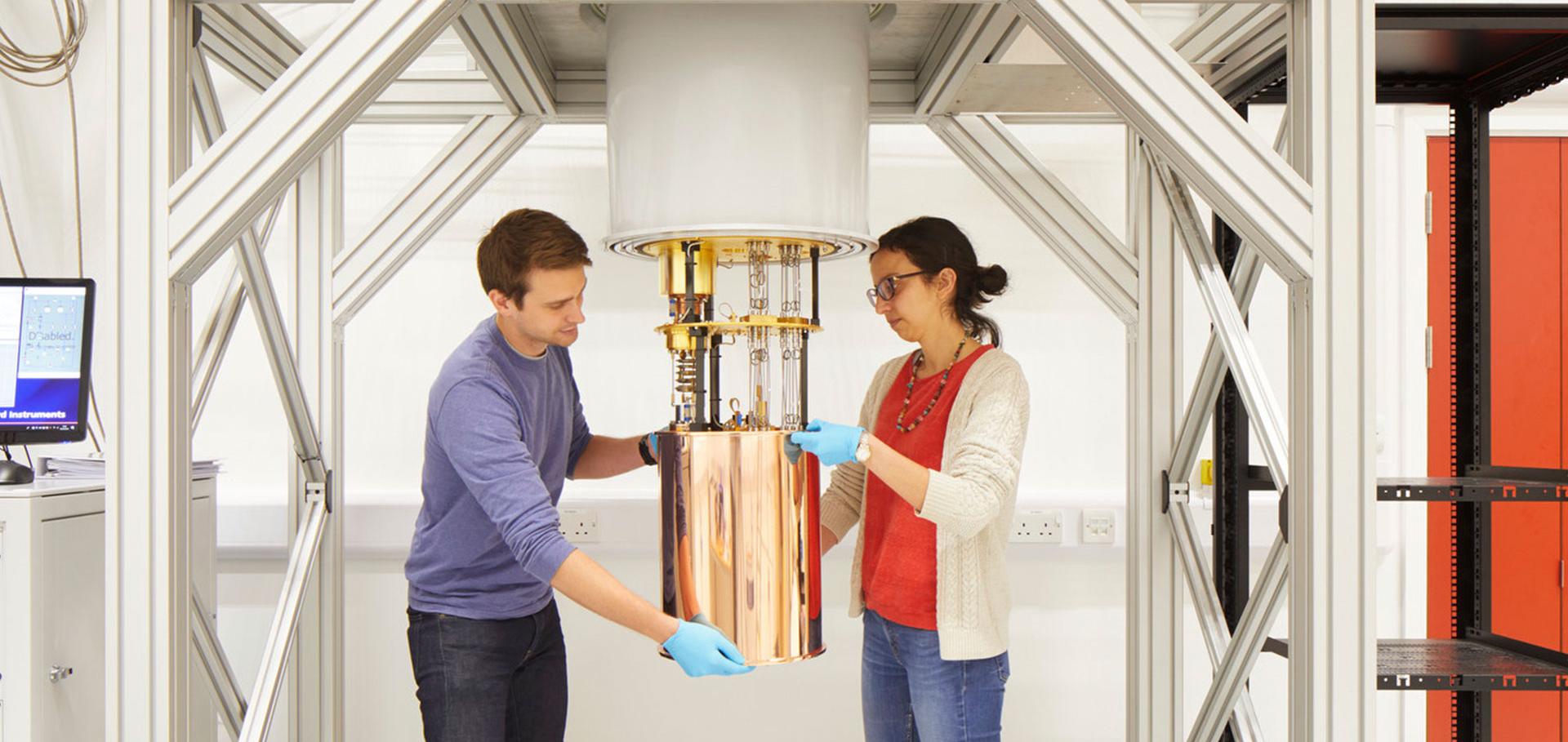A Versatile Materials Class for Solution‐Processed Optics and Photonics Based On Titanium Oxide Hydrates and Polyalcohols: A Perspective
Advanced Materials Wiley (2025) e07028
Abstract:
The ability to propagate light within a structure comprising a controlled spatial distribution of the refractive index n prompted the telecommunications revolution of the 20th century. More recently, progress with exploiting the flow of light has led to a broad range of light‐ and heat‐management tools, as well as novel quantum devices. This perspective discusses a new versatile class of optical materials based on molecular hybrids of metal oxide hydrates and commodity polymers, such as poly(vinyl alcohol). These fascinating, easy‐to‐produce materials are examined, and their processing into useful architectures such as photonic crystals is reviewed, with a focus on thin‐film optics. Their potential in other areas is also assessed, for instance, for the fabrication of optical microcavities that allow the formation of exciton‐polaritons, enabling studies on strong light‐matter interactions. Generally, these molecular hybrids open future opportunities in applications like optics, photonics, quantum devices, catalysis, and beyond.Quantifying the Three-Dimensional Molecular Arrangement in Polymer–Polymer Blends: Impact of Molecular Weight
ACS Applied Polymer Materials American Chemical Society (ACS) 7:5 (2025) 2986-2996
Simple and Versatile Platforms for Manipulating Light with Matter: Strong Light–Matter Coupling in Fully Solution‐Processed Optical Microcavities
Advanced Materials Wiley 36:20 (2024) e2212056
P‐16.1: Fully Inkjet‐Printed Organic Light‐Emitting Diodes based on a Thermally Activated Delayed Fluorescent Emitter
SID Symposium Digest of Technical Papers Wiley 55:S1 (2024) 1533-1535
A unified picture of aggregate formation in a model polymer semiconductor during solution processing
Advanced Functional Materials Wiley 34:50 (2024) 2314729


